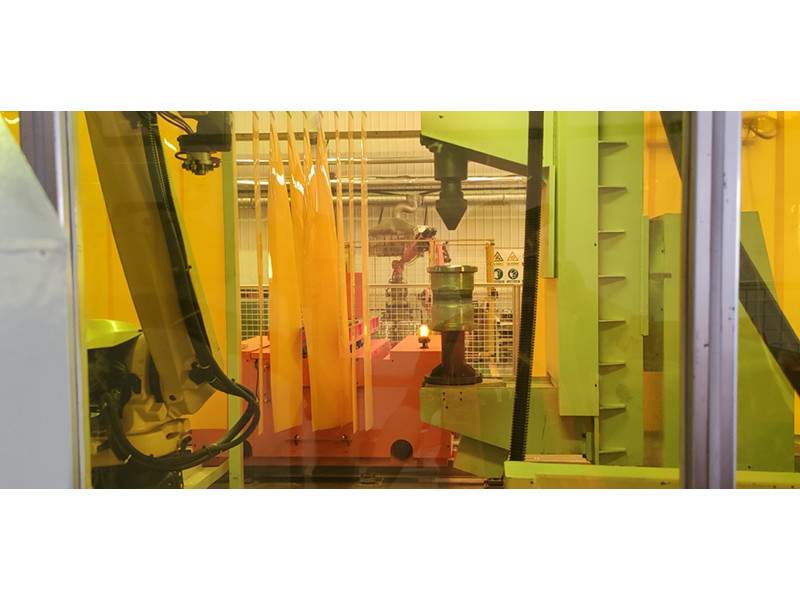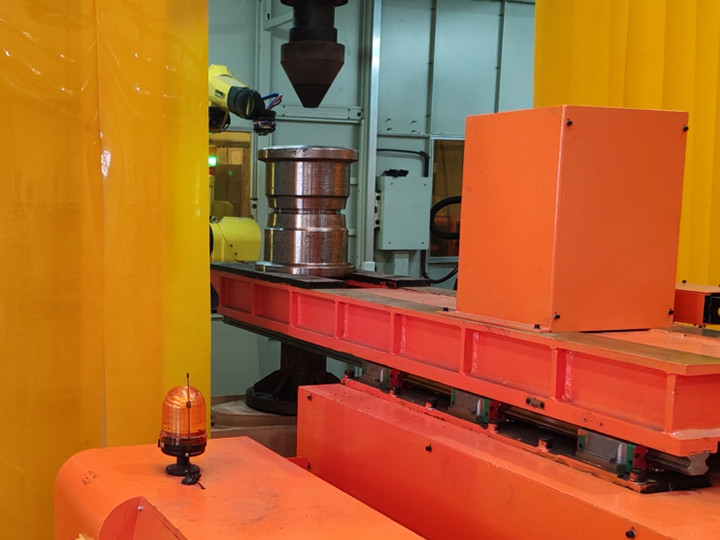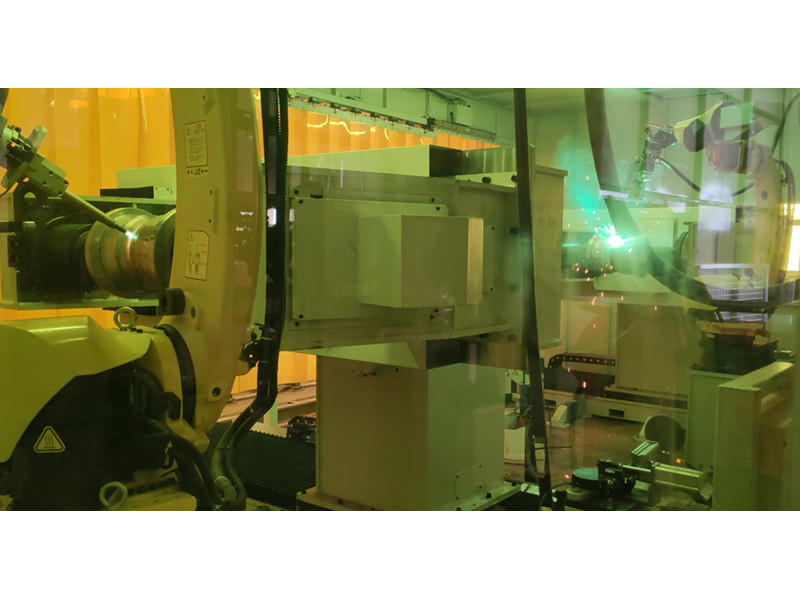Analysis of Laser Welding Technology: An Overview of Core Advantages and Application Areas
As a high - efficiency and precise welding technology, laser welding achieves fusion connection by locally heating the material surface with a high - energy laser beam. Relying on its unique physical properties and process advantages, it has become an important driving force for the innovation of modern manufacturing. The following will elaborate in detail from four aspects: technical characteristics, process classification, core applications, and future trends.
I. Technical Principle and Core Advantages
Laser welding uses an optical system to focus the laser into a beam with an extremely high energy density (usually reaching 10^5 - 10^7 W/cm²), and melts the material through instantaneous high temperature to form a weld with a high aspect ratio. Its significant advantages include:
1. Precise control and micro - area processing: The spot diameter can be reduced to the micrometer level, and the width of the heat - affected zone is only 10% - 20% of that of traditional welding, making it particularly suitable for non - destructive connection of precision parts (such as electronic components) and micro - structural parts.
2. Non - contact processing: No mechanical pressure is required, avoiding workpiece deformation or surface damage, especially suitable for magnetic materials (such as electrical steel sheets) or scenarios with high cleanliness requirements (such as medical devices).
3. Wide material applicability: It covers metals such as carbon steel, aluminum alloy, and titanium alloy, and can also weld non - metallic materials such as quartz and ceramics, and achieve high - strength bonding of dissimilar materials.
4. Process flexibility: It supports welding through glass or transparent media (such as the treatment of highly toxic materials in sealed containers), and can complete welding at complex geometric positions through fiber optic transmission.
II. Mainstream Process Classification
According to material characteristics and engineering requirements, laser welding technology can be divided into two core processes:
1. Laser autogenous welding
A high - power laser is used to directly melt the base metal, forming a weld with a large aspect ratio (up to 10:1) and a smooth surface, which is suitable for high - speed welding of thin plates (such as the battery case of new energy vehicles).
2. Laser wire - filling welding
By pre - placing or synchronously feeding the welding wire to supplement the molten pool, the weld formation and mechanical properties are optimized, which is mainly used for multi - layer welding of thick plates or connection of dissimilar materials (such as aircraft engine components).
III. Industry Applications and Typical Cases
1. Automobile manufacturing
Under the trend of vehicle body lightweighting, laser welding is used for the connection of key components such as aluminum alloy doors and high - strength steel chassis. The weld strength is 15% - 20% higher than that of the base metal, and no subsequent grinding is required.
2. Aerospace
Precision welding of high - temperature components such as titanium alloy engine blades and nickel - based alloy combustion chambers, with the heat - affected zone controlled within 0.1mm, significantly improving the structural reliability.
3. Consumer electronics
Welding of micro - components such as mobile phone middle frames and camera modules, with an accuracy of ±0.02mm, ensuring airtightness and electromagnetic shielding performance.
4. Medical equipment
Sterile welding of implants such as surgical instruments and cardiac stents, using the molten pool purification effect to reduce impurities, and the biocompatibility meets the ISO 10993 standard.
IV. Technological Development and Future Trends
Currently, laser welding technology is evolving towards intelligence and complexity:
- Intelligent monitoring system: Integrating photoelectric sensors and AI algorithms, it can detect parameters such as molten pool morphology and spatter in real - time, dynamically adjust the power and speed, and the defect detection rate exceeds 99%.
- Application of ultrafast lasers: The popularization of picosecond/femtosecond lasers reduces the heat input to 1/5 of that of traditional processes, enabling ultra - fine welding of semiconductor wafers and polymer materials.
- Multi - process collaboration: Integrated with processes such as bending and stamping to form a fully automated production line, the comprehensive efficiency of a single device is increased by more than 40%.
By continuously breaking through the limitations of energy density and process adaptability, laser welding is reshaping the production paradigm in the high - end manufacturing field and providing more efficient connection solutions for emerging industries such as new energy and semiconductors.


